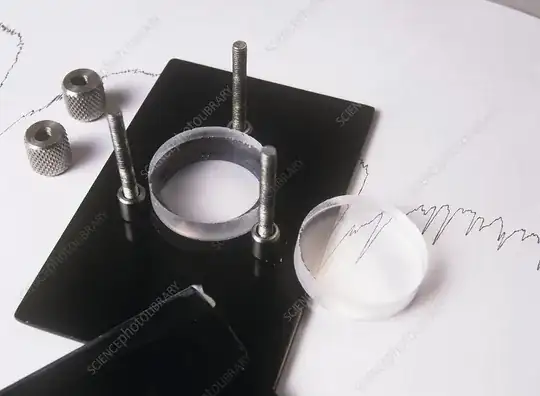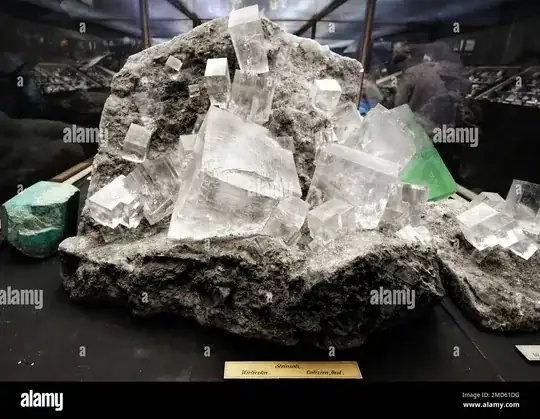EDIT:
I have made cleat that this question is about a monocrystal sample and is not answered by the referred other question.
I have read this question:
where OP is saying:
Salt (NaCl) is white.
and David White says in a comment:
Salt is not white. It's transparent. That white appearance is due to reflections off all of the small cubical surfaces.
and Ruslan in a comment says:
salt is white even if transparent, just as blue vitriol is blue despite being transparent. Even a smooth surface still reflects some light, which is the very reason why a bunch of grains scatters light to appear white.
So the question remains:
Question:
- Is salt (monocrystal sample) white or transparent?

